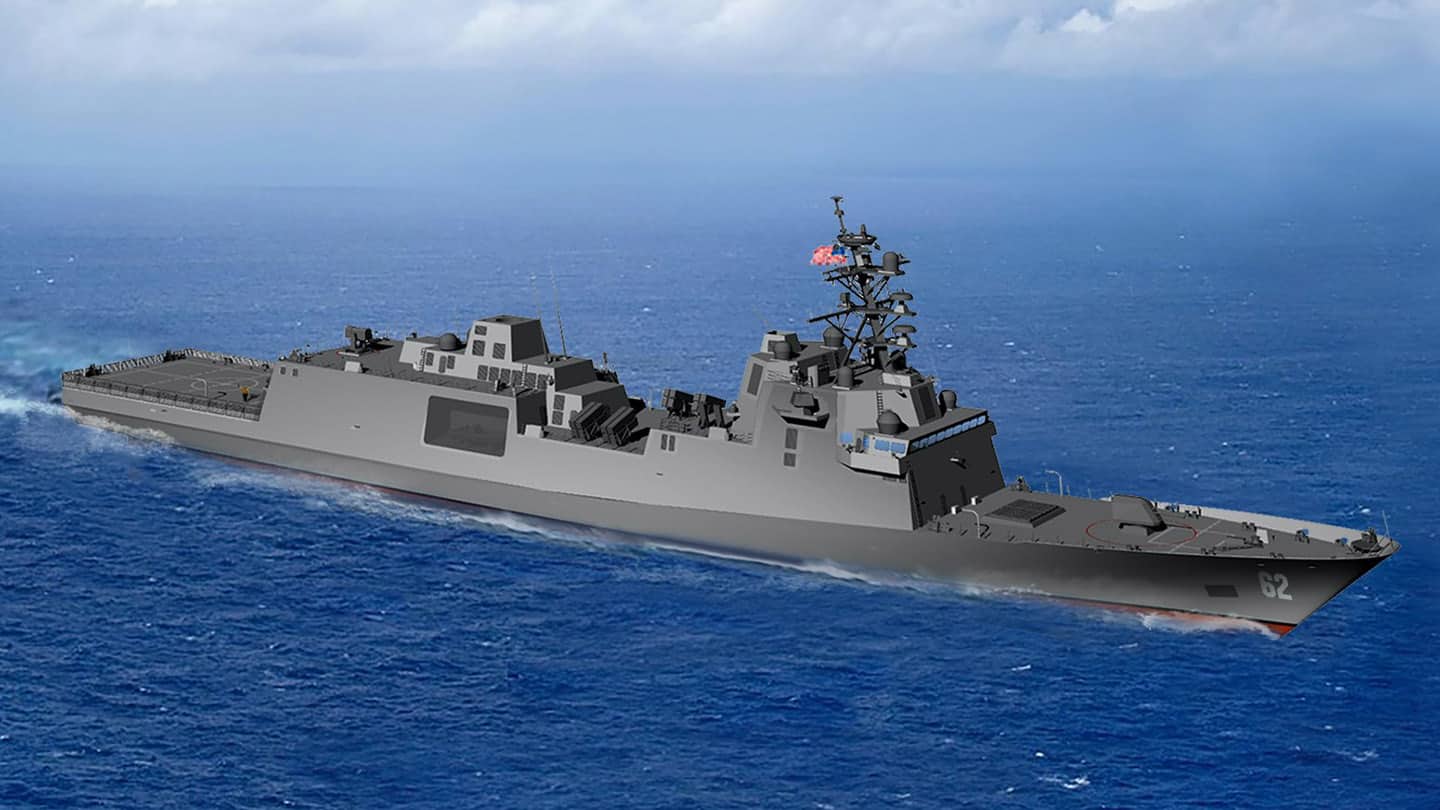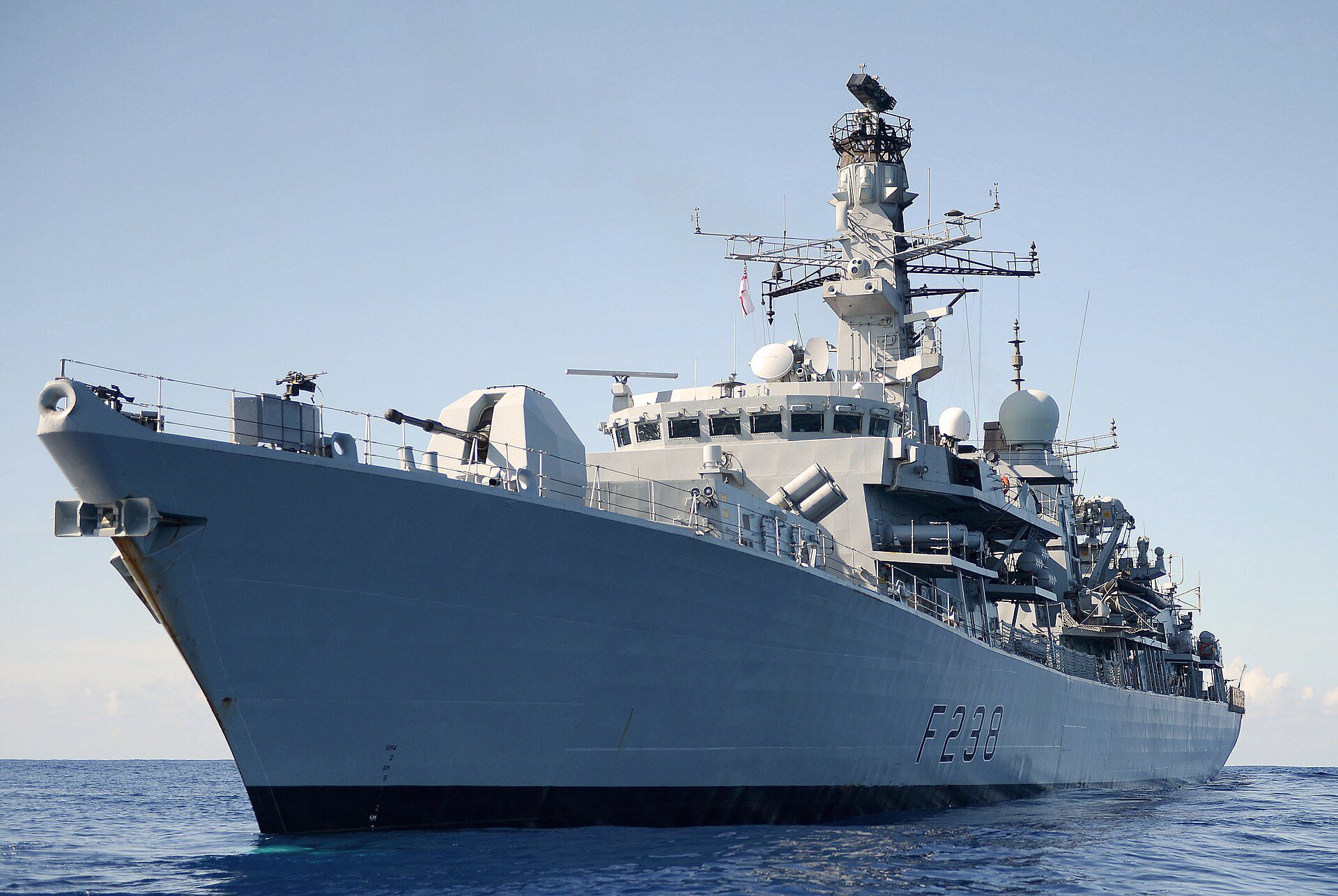FILE PHOTO: Chinese structures are pictured at the disputed Spratlys in South China Sea April 21, 2017. REUTERS/Erik De Castro/File Photo
by James Stavridis (Bloomberg) A Defense Department report warns that China’s military buildup is reaching the point where it can attempt to “impose its will on the region and beyond.” Visiting recently with senior officials from two U.S. allies in the region, Japan and Singapore, gave me a visceral feeling of how things look on the ground (and at sea). “We are deeply concerned about the US long-term commitment in the region, starting with troops in South Korea – especially in the face of China and their determined military expansion,” a senior Japanese official told me.
The constant refrain was simple: The West is becoming a less reliable partner. These allies are dismayed by a U.S. administration that has repeatedly criticized its closest partners and accused them of freeloading on defense. They are also worried about weakness and distraction of a Europe facing Brexit. This is compounded as they watch China increase pressure on Taiwan to accept a “one nation, two systems” deal a la Hong Kong and militarize the South China Sea by constructing artificial islands.
Japan, in particular, faces a host of challenges from Beijing. These begin with a long and bitter history of conflict, principally stemming from the Second World War but also dating back to the Sino-Japanese War more than a century ago. Other areas of contention include China’s unfounded territorial claims including the Senkaku Islands in the East China Sea; support for North Korea’s Kim Jung Un, who has launched ballistic missiles over the Japanese islands; alleged hacks into Tokyo’s intelligence and military command systems; and the intellectual property theft that has also frustrated the U.S. so deeply. Singapore, given its geographic position as the gateway to the Indian Ocean, is a key stepping stone in China’s military expansion and its massive One Belt-One Road development project.
There is also a less-noticed but extremely worrisome aspect to China’s increasing boldness: It seems to be building its naval capability to dominate farther into the Pacific — as far as what Western analysts call the “second island chain.”
When thinking in a geo-strategic sense about China, the island-chain formulation is helpful. Since the 1950s, U.S. planners have delineated a first island chain, running from the Japanese islands through the Philippines, and down to the tip of Southeast Asia. Dominating inside that line has been the goal of China’s recent buildup in naval and missile capabilities. But U.S. officials warn that Chinese strategists are becoming more ambitious, set on gaining influence running to the second island chain — running from Japan through the Micronesian islands to the tip of Indonesia. As with its initial forays into the South China Sea, Beijing is using “scientific” missions and hydrographic surveying ships as the tip of the spear.
Japan and Singapore are essentially anchors at the north and south ends the island chains. They have been integrating their defense capabilities with the U.S. through training, exercises and arms purchases. They are exploring better relations with India as the Pacific and Indian Oceans are increasingly viewed as a single strategic entity. This is a crucial element in the U.S. strategy for the region. But there are changes coming.
First, there are expectations that China will eye the third island chain, encompassing Hawaii and the Alaskan coast before dropping south down to New Zealand. This has long been regarded as the final line of strategic demarcation between the U.S. and China. Second, some analysts are beginning to talk about a fourth and even fifth island chain, both in the Indian Ocean, an increasingly crucial zone of competition between the U.S. and China.
Two obvious Indian Ocean chains exist. The first would run from southern Pakistan (where China has created a deep-water port at Gwador) down past Diego Garcia, the lonely atoll controlled by the U.K. from which the U.S. runs enormous logistical movements into Central Asia. As a junior officer on a Navy cruiser in the 1980s, I visited Diego Garcia when it was essentially a fuel stop with a quaint palm-thatched bar. The base has expanded enormously, becoming critical to supporting U.S. and British combat efforts in the Horn of Africa and Middle East.
The fifth and final island chain could be considered to run from the Horn of Africa – where the U.S. and China now maintain significant military bases – down to the coast of South Africa. Little wonder the U.S. military has renamed its former Pacific Command as the Indo-Pacific Command.
Each of the island chains will be a line contention. Both U.S. and Chinese war plans encompass protocols for employing land-based forces from the various islands to project power to sea.
Japan and Singapore are keenly aware of the geographic importance of the Pacific island chains, as are more distant allies such as Australia and New Zealand. How the U.S. Navy integrates forces with allies and partners, and develops cogent plans to use the islands should matters come to blows (as bases for long-range air, intelligence gathering, and logistic resupply) will be crucial.
None of this means the U.S. is locked into an inevitable war with China, despite some foreign-policy mandarins’ predictions to the contrary. The most helpful analogy may be the so-called Great Game between the U.K. and Russia for control of South Asia in the 19th century. But in today’s world, both the U.S. and China have broader global ambitions and larger international trade empires to defend. Control of the island chains, with Japan and Singapore at the most crucial points in the Pacific, can give either great power the upper hand.
James Stavridis is a Bloomberg Opinion columnist. He is a retired U.S. Navy admiral and former military commander of NATO, and dean emeritus of the Fletcher School of Law and Diplomacy at Tufts University. He is also an operating executive consultant at the Carlyle Group and chairs the board of counselors at McLarty Associates.

 Join The Club
Join The Club











